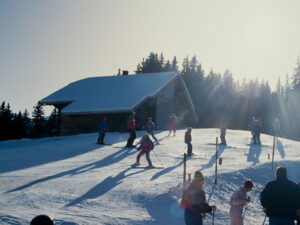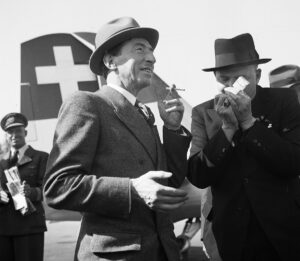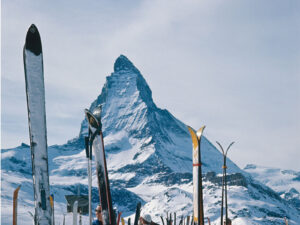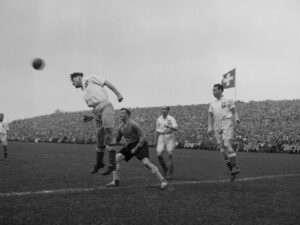
From toughening up to having fun
There have been children’s ski camps in Switzerland since 1940. The origins of these camps go back to World War II, and there were serious reasons for them: the camps were intended to prepare young people for a winter campaign.
The Federal Council’s holiday plea

The ski fanatic General


Swiss soldiers’ skiing lessons in the Diavolezza area, 1940. Swiss Army




